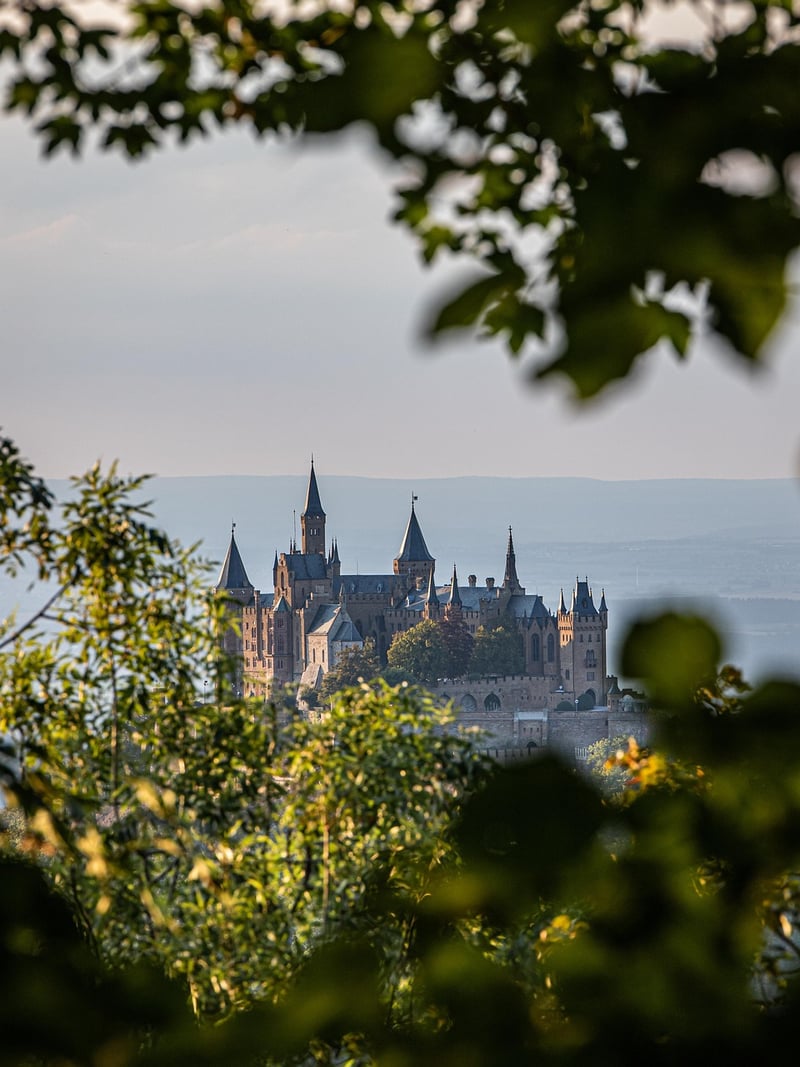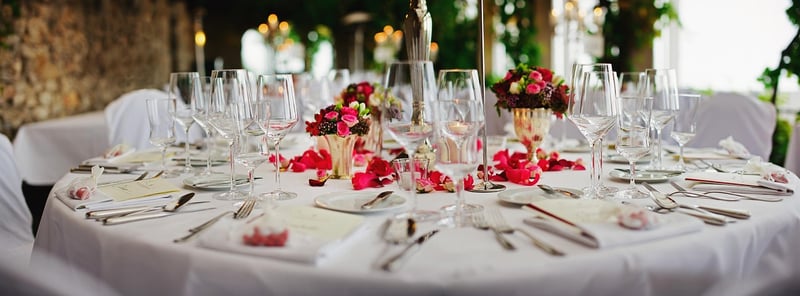Medieval Banquet Creations
Culinary Delights Across Time: Exploring Medieval Banquet Creations
Food has always been an integral part of human history, reflecting cultural traditions, social interactions, and technological advancements. One period that stands out in culinary history is the medieval era, known for its extravagant feasts and unique creations. Let's delve into the world of medieval banquet creations and discover the culinary delights of the past.
The Rich Tapestry of Medieval Cuisine
Medieval cuisine was a colorful tapestry woven from a variety of ingredients, spices, and cooking techniques. Nobles and royalty often indulged in lavish feasts that showcased the wealth and power of their households. These banquets were not only about sustenance but also a way to display opulence and hospitality.
Key Ingredients and Flavors
Common ingredients in medieval cooking included meats such as venison, pork, and poultry, as well as fish and grains like barley and wheat. Spices like cinnamon, cloves, and saffron were highly prized and used to add depth and flavor to dishes. Fruits such as apples and pears were also popular in both sweet and savory recipes.
Medieval Banquet Creations
Medieval banquets featured elaborate creations that combined artistry with culinary skill. One iconic dish was the spit-roasted boar, a symbol of wealth and feasting. Another popular creation was subtleties, edible sculptures made from sugar paste or marzipan that often depicted mythical creatures or heraldic symbols.
Exploring Medieval Banquet Recipes
While many medieval recipes have been lost to time, some have survived through ancient manuscripts and cookbooks. These recipes offer a glimpse into the culinary practices of the past and provide a fascinating window into medieval life.
Try Your Hand at a Medieval Feast
Interested in recreating a medieval banquet at home? You can start by preparing dishes like roast swan with orange and ginger sauce, spiced wine, or honeyed desserts. Embrace the flavors and techniques of the past to experience a taste of medieval dining.
Conclusion
The culinary delights of the medieval era continue to captivate our imagination and taste buds. From lavish banquets to intricate creations, the food of the past offers a unique insight into a bygone era. Explore the flavors, ingredients, and recipes of medieval cuisine to embark on a gastronomic journey through time.

Discover the rich history and artistry of medieval banquet creations, and savor the flavors of the past in your own modern kitchen.
For more historical culinary insights and recipe ideas, stay tuned to our blog.
References:
